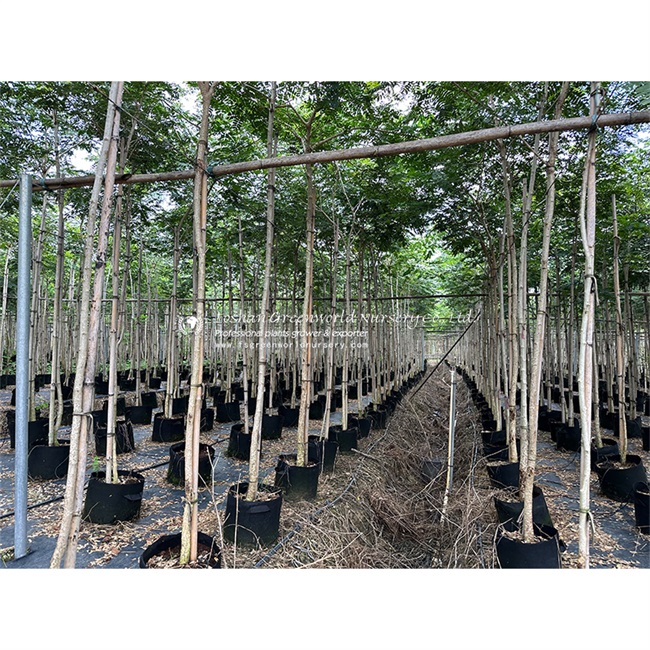
Thespesia Populneoides, also known as the Portia tree, is a species of flowering plant in the mallow family, Malvaceae. It is native to the tropical and subtropical regions of Africa, Asia, and Australia. The plant is known for its beautiful yellow flowers and its ability to thrive in a variety of soil types and environmental conditions. It has been used for centuries in traditional medicine and has recently gained popularity as an ornamental plant in gardens and landscapes.
The horticultural company behind the promotion of Thespesia Populneoides has been advocating for the use of this plant in combination with other species to create sustainable and biodiverse garden environments. Their approach focuses on creating gardens that mimic natural ecosystems, supporting a wide variety of plant and animal species while also providing aesthetic and recreational benefits to humans.
One of the key components of their approach is the use of native and climate-appropriate plant species. The company promotes the use of Lagerstroemia Indica, also known as crepe myrtle, as a companion plant to Thespesia Populneoides. Lagerstroemia Indica is a popular ornamental plant known for its vibrant and long-lasting flowers. It is also valued for its ability to thrive in a wide range of soil and climate conditions, making it a versatile companion to the Portia tree.
In addition to Lagerstroemia Indica, the company also encourages the use of a diverse range of other plant species in combination with Thespesia Populneoides. These include Delonix Regia (royal poinciana), Hibiscus Tiliaceus Rubra (red cottonwood), Pongamia Pinnata (karanja), Albizia Saman (rain tree), Millingtonia Hortensis (tree jasmine), Ficus Nitida (Indian laurel), and Peltophorum (yellow flame tree). The list also includes Ginkgo Biloba, Magnolia Grandiflora, Photinia Serrulata, Cinnamomum Camphora, Prunus Yedoensis, Trachycarpus Fortunei, Tecoma Stans, Wodyetia Bifurcata, Sea Grape Plant, Ficus Religiosa, and Bonsai Sacred Fig Tree, Ficus Racemosa, among others.
The combination of these plants in a garden or landscape setting is aimed at creating a diverse and resilient ecosystem that can provide habitat for a wide variety of wildlife, including birds, insects, and other beneficial organisms. At the same time, the variety and beauty of the plant species create visually stunning and vibrant landscapes that offer a range of colors, textures, and fragrances throughout the year.
Furthermore, the company's approach to combining Thespesia Populneoides with a wide variety of other plants aligns with the principles of sustainable and eco-friendly gardening. By promoting the use of native and climate-appropriate species, the company aims to reduce the need for excessive water, fertilizers, and pesticides, which are often associated with traditional garden and landscape maintenance practices. This approach not only conserves natural resources but also supports the overall health and balance of the ecosystem.
In conclusion, the combination of Thespesia Populneoides with a diverse array of other plant species is a promising approach to sustainable and biodiverse gardening. The horticultural company's promotion of this approach reflects an increasing awareness of the importance of creating resilient and eco-friendly landscapes that support a wide range of plant and animal species. With their focus on native and climate-appropriate plants, the company is contributing to the promotion of sustainable gardening practices and the conservation of natural ecosystems. As more gardeners and landscapers embrace this approach, we can expect to see a positive impact on the environment and a more vibrant and diverse urban and suburban landscapes.
